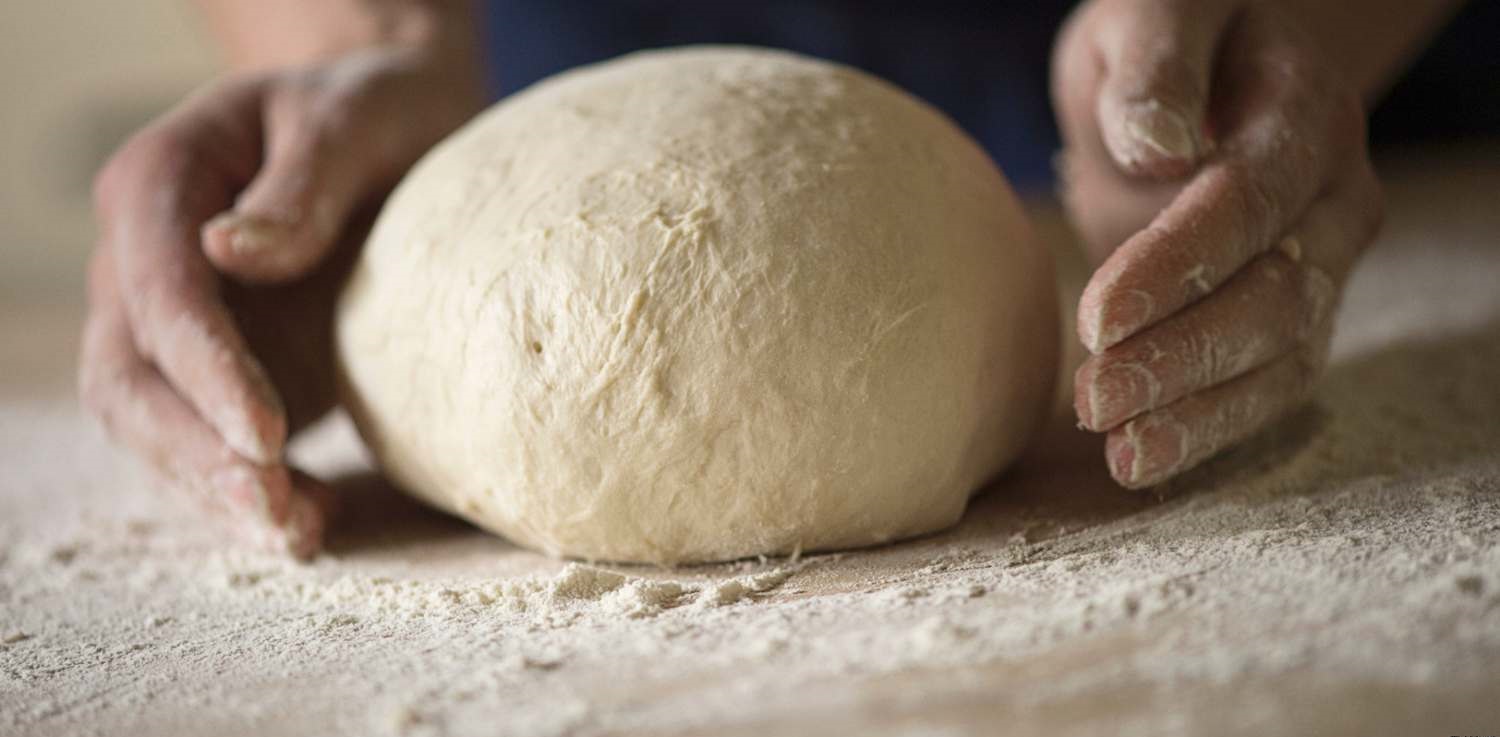In the confectionery industry, chocolate is widely used, not only because it is delicious but also because it serves as an excellent preservative with a long shelf life. Unfortunately, chocolate also has its "illnesses." First and foremost, it's essential to note that we are referring to natural chocolate, made from cocoa butter extracted from cocoa beans. The most common issue is chocolate blooming, which, in practice, is categorized into two types: sugar bloom and fat bloom.
Sugar bloom in chocolate is linked to sugar crystallization on its surface. It may appear as a fine white coating of large sugar crystals or, with a low sugar concentration, manifest as a gray coating. Gray sugar bloom in chocolate may resemble fat bloom, but they can be easily distinguished by adding a little water to the film. If it quickly disappears or dissolves in water, it is sugar bloom.
Sugar bloom is caused by moisture absorption from the environment, often occurring due to improper storage or production. This can involve water condensation on the surface during product cooling, even in specialized cooling rooms, packaging in humid containers, etc. Therefore, it's crucial to maintain and control humidity levels (around 60%) during chocolate production and storage.
Chocolate is sensitive not only to humidity but also to temperature fluctuations (heat or cold). The second type, fat bloom, is specifically associated with temperature changes and subsequent crystallization of cocoa butter fat cells, resulting in the formation of a new structure. Typically, it appears as isolated centers of newly formed white-gray crystals on the product's surface. Cocoa butter fat cells have several crystallization structure forms (from I to VI), with the VI form being the most stable, having a melting point of 36.2 degrees. The V form is most commonly sought after, with a melting point of 33.8 degrees, giving chocolate a smooth shape, satin sheen, making it easily melt on the tongue, and providing it with a characteristic crunch.
To avoid fat blooming in chocolate, it's necessary to "accelerate" the crystallization process and the transition of forms from I to V through the tempering process. Tempering machines for chocolate and chocolate masses are used for this purpose. Temperingย maximally reduces the possibility of fat blooming in the product, as the crystallization structure becomes stable after tempering.
Tempering is applied not only in chocolate production but also in the manufacturing of other cocoa butter-based products, such as chocolate glaze, chocolate cream, and pastes or spreads.

















